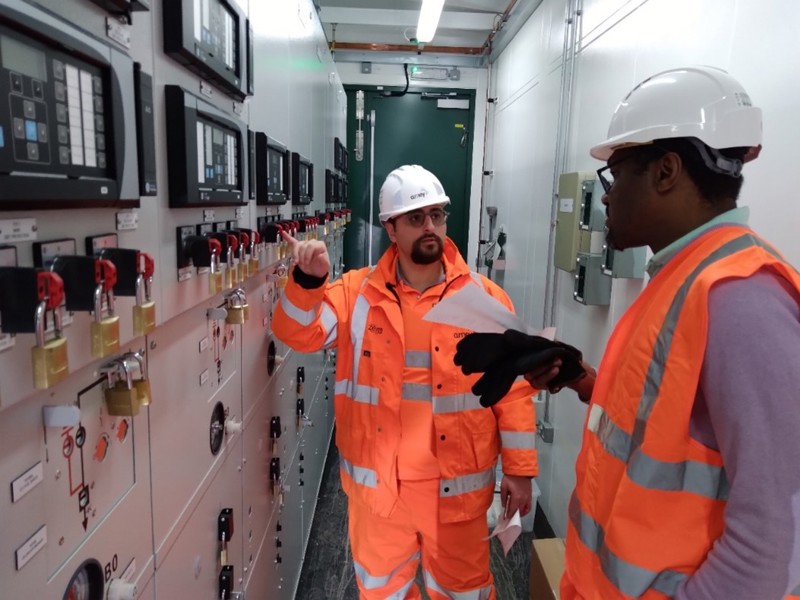The project is challenging for many reasons. It requires the provision of new electrification, a comprehensive re-signalling of the network, installation of a new telecoms system and construction of a new control centre. To complicate things further, the new equipment has to work alongside an ageing infrastructure, much of which dates back to Victorian times.
A major difficulty is the number of bridges that are too low to allow for the safe installation of the live overhead lines required for the electrification at 25 kV. Rebuilding the bridges or lowering the track would in many cases be prohibitively expensive and create significant delays.
In addition, TfW wishes to enhance the capacity and efficiency of the network, increasing the number of train journeys, cutting journey times and reducing operational carbon emissions. Accommodating these requirements involves the redesign of several stations, junctions and other ‘pinch points’.
Faced with these challenges, Amey Consulting has taken a smart approach, proposing a system of ‘discontinuous electrification’ to maximise efficiency and control costs. Where a low bridge or similar obstacle compromises the live overhead supply, the section of track is left current-free – either as a permanently earthed section (PES), in which the train temporarily stops drawing power from the overhead line equipment (OLE), or a catenary-free section (CFS) with no overhead wires.
This solution is made possible by the hybrid nature of the new trains commissioned for the CVL: the Stadler Class 756 FLIRT, a tri-mode train capable of running off battery and diesel in addition to OLE; and the Stadler Class 398 Citylink, a bi-mode metro-style train, powered by OLE and battery. The trains pass through the current-free sections using their own battery power, or when south of Cardiff, their combustion engines.
Discontinuous electrification is an innovative approach requiring complex calculations to be sure the design is meeting the power demands of trains wherever they are on the network. In particular, it is essential that the power system allows for the recharging of onboard batteries to ensure that trains do not lose charge while passing through current-free sections.
However, when Amey’s traction power engineers began to design specific schemes, it was discovered that the third-party power modelling software available on the market was not suited to their needs. Models tend to be over-complex and not easily adaptable to the new generation of hybrid trains and Amey’s smart electrification solution.
What was needed was a simpler, more pragmatic, and focused tool that would allow the engineers to check the viability of their designs quickly and easily. Amey Consulting HV traction design team, went back to basics, developing a software tool that would do exactly what was required: allow engineers to calculate the dynamics and power demand of trains with onboard batteries as they move around the CVL network.
The model has proved invaluable in progressing CVL electrification, providing the necessary support to inform and validate the often-complex OLE proposals.
As the programme has progressed and the concept of discontinuous electrification has evolved, the model has been used to aid decsions to changes in requirements. It can now support a variety of analyses and ‘what-if’ scenarios and has become a powerful, adaptable, and unique tool.
